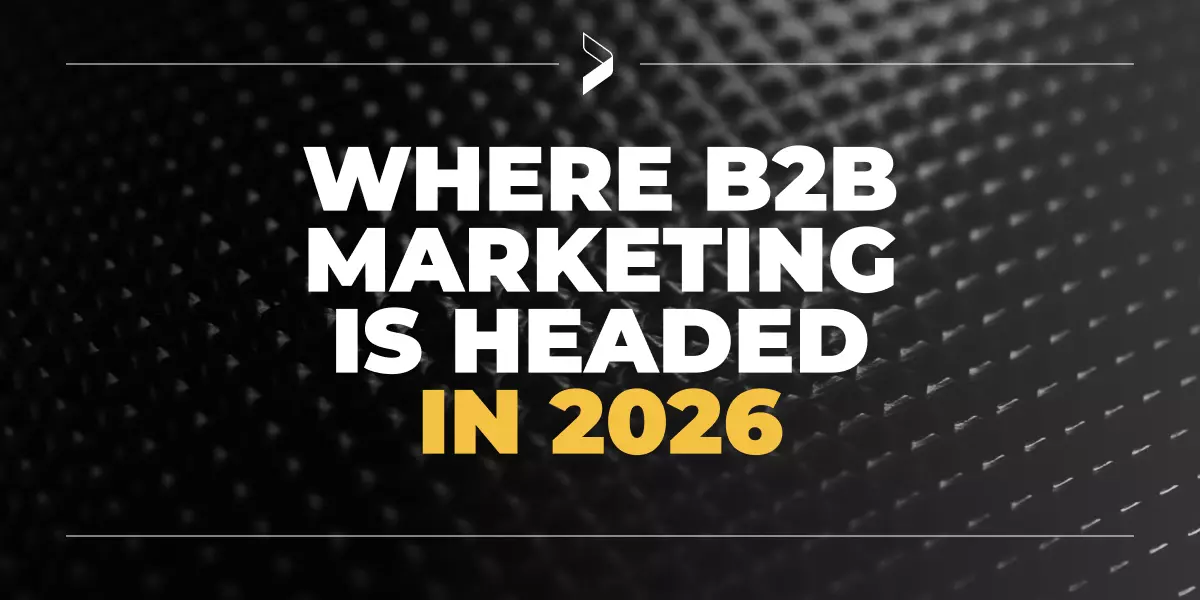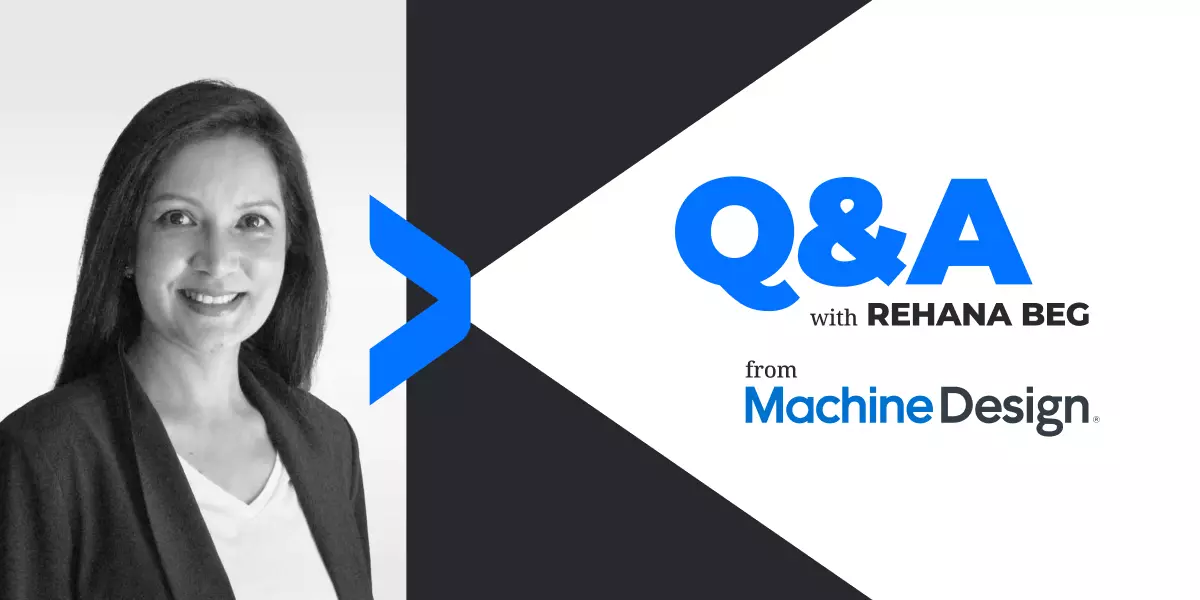Developing a Plan to Successfully Reach Engineers

In today’s varied landscape of marketing tactics, which ones are best positioned to communicate your message? And which channels will be the most effective at reaching your audience where they are? These are not easy questions. But you can put existing research and experience to work to help ensure your plan is based on the needs and interests of your audience.
Godfrey partnered with AMG Research to study an emerging segment of your audience. Download the full report and view slides from the presentation we delivered at CFE Media’s 2017 Marketing to Engineers® event.
A reasonable approach to developing an effective tactical plan is to consider three main factors: your marketing goals, how your audience engages with content and where they go for information – especially as you consider the demographic of older vs. younger engineers.

KNOW YOUR OWN GOALS
Do your company goals suggest a strategy to establish thought leadership? Or are you trying to build awareness around a major product launch? With your goal in mind, look at your messaging strategy and determine what you are trying to communicate – or what questions you are trying to answer for your audience – and align the tactics to those in the buying process.
Thought leadership, for example, can be cultivated during the awareness or discovery phase of the buying process, and most valuable tactics here would be white papers, articles, case studies or e-books. For a product launch, where the audience is looking to understand features and benefits and qualify the purchase, your focus could be on product information, reviews, webinars, product demos and how-to videos.
KNOW THEIR HABITS
This is when you can’t take anything for granted. For example, let’s focus on the senior design engineer and the staff engineer (i.e., experienced vs. young). It’s easy to assume the older engineers will prefer traditional channels while the younger engineers would tend to skew digital. But the difference isn’t as great you might think. A recent study – commissioned primary research from Feedback, a Richmond, Virginia-based firm that specializes in ethnographic research into specific audience – found only minor variations (less than 5 percent in most cases) in social sharing among these groups.
That same study found that engineers under 40 were:
- Slightly more likely to use videos, podcasts and webinars
- Slightly less like to download a PDF of articles, surveys or industry-trend reports
- Ten percent more likely to view email, news articles and e-newsletters on a mobile device
FIND THEIR CHANNELS
Once you have determined your message and created the appropriate content pieces, you need to determine what channels to use to get your message in the right hands. The options are seemingly endless. First, use the techniques we’ve discussed to learn where your audience goes for information. Second, approach planning with flexibility and agility. Be willing to try something and then monitor results. If it’s not working, move on to the next option. If it is working, think of how to expand your presence there.
You can reach your existing audience by leveraging your existing platforms – your website, social media, e-newsletters, etc. But to find a new audience, you’ll have to deploy your content wherever their journey takes them. Typically, engineers prefer supplier websites, search engines, trade publications, printed and online catalogs, e-newsletters and sales reps.
START YOUR PLAN
There’s a lot to consider. Here are a few of the ways that you can get started:
- Run a few keyword searches. If you turn off Google’s personalized results, this will give a clear picture of how your competitors are ranking. Your analytics and webmaster tool reports will show exactly how you are performing on important keywords. If your search performance is low, you should consider an organic search engine optimization program. And if you’re launching a critical campaign, a paid search program is the quickest way to ensure that your site gets listed.
- Find the right channels and partners for your audience. Horizontal publications like Design News and Machine Design are still valuable, but today’s options reach further than ever. You can leverage ad networks to serve targeted banner ads or trade associations to build custom content programs. Paid advertising and editorial relationships, with targeted channels can achieve impressive results for awareness and credibility.
- Identify social media platforms that your engineer audience frequents. Though under-40 engineers are more likely to use Facebook than their older colleagues, the totals are still low. LinkedIn may be more appropriate, with many targeted groups for engineers across many disciplines. And though Instagram does not lead in user volume, the same study, conducted by Feedback, found it more engaging for engineers than any other platform.
- Listen to and engage in your audience’s conversations. Challenge your sales force to ask their customers about their preferred social networks, forums or blogs. Have your internal teams find opportunities to engage on behalf of your company. This can be as easy as posting your branded content on social media or as involved as joining online discussions on sites like eng-tips.com or edaboard.com.
Sign Up for our Newsletter - Get agency updates, industry trends and valuable resources delivered directly to you.
Alison Fetterman Adams - Vice President, Strategy & Analytics
Alison leads the strategy and analytics teams, focused on driving insightful and innovative ways to connect with clients’ audiences and clearly show a strong ROI for Godfrey’s B2B marketing programs.




